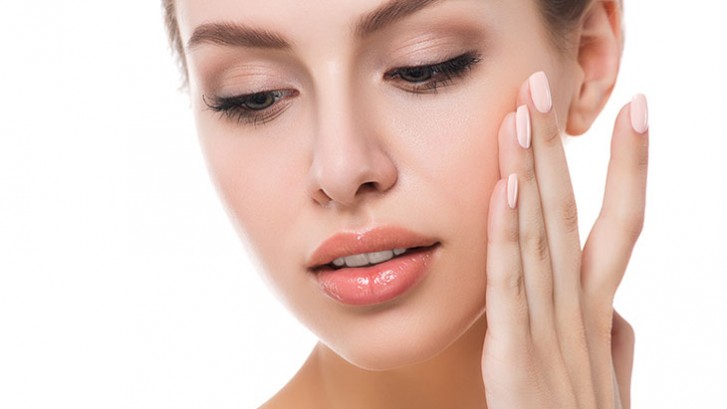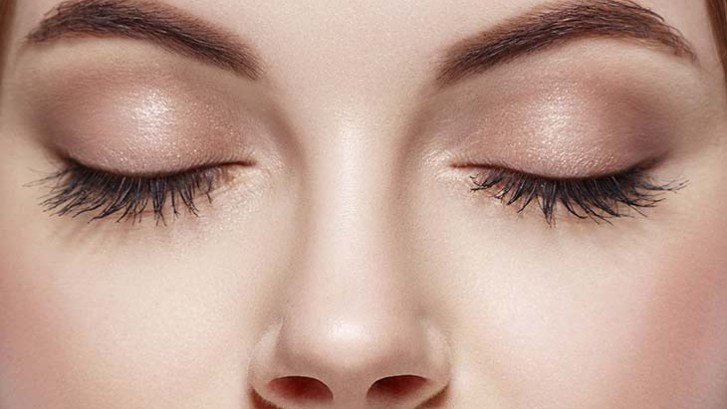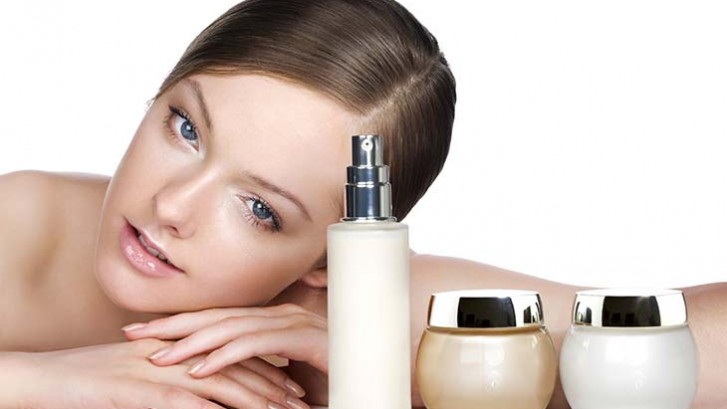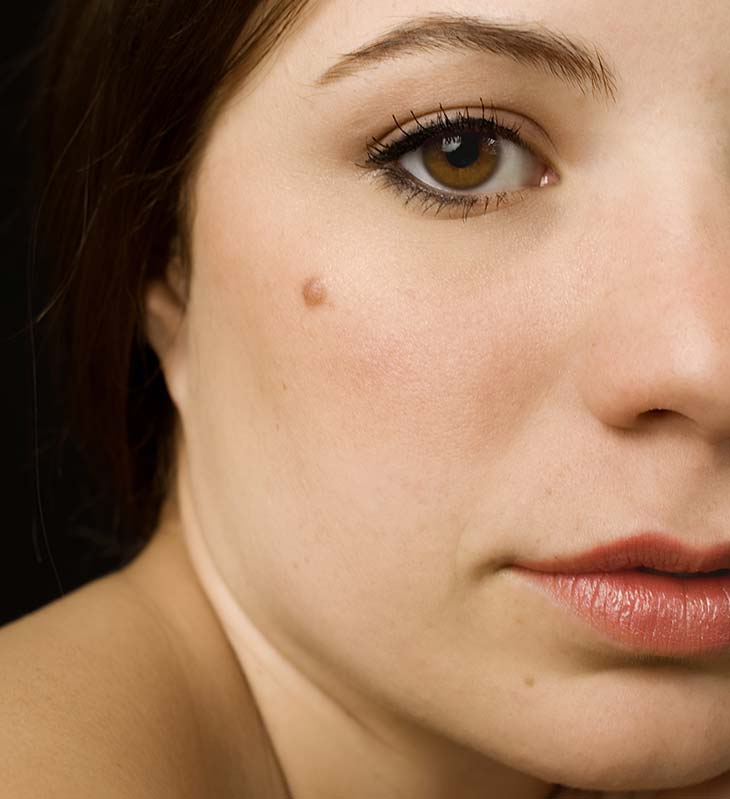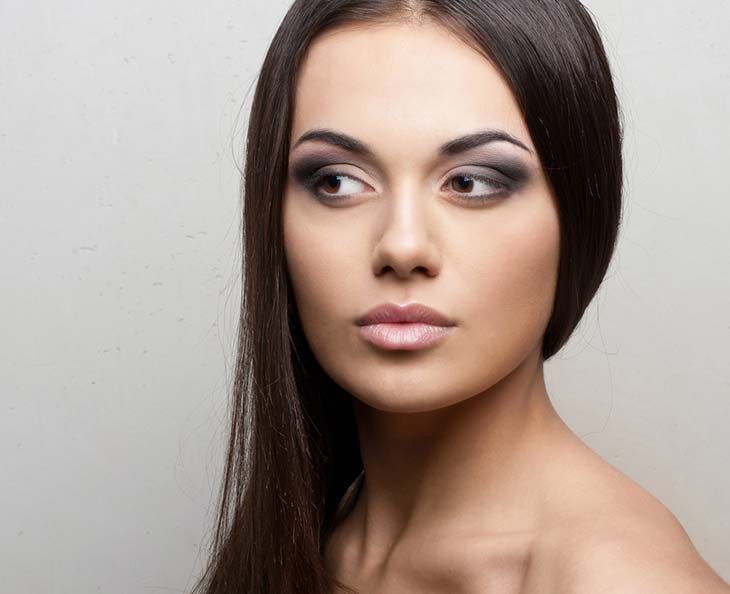Why Custom Implants Could be Right for You
A huge part of what makes the world so amazing is that each person on it is unique in both their looks and personality. So why do so many doctors still use cookie cutter facial implants?
About Custom Facial Implants
Facial implants are usually used for the chin, cheeks, or jaw, or any combination of these, as part of augmentation surgery, often along with other augmentation techniques such as liposuction, fat grafting, and bone augmentation. Facial augmentation surgery is typically performed for cosmetic reasons, but may also be reconstructive.
Custom vs. Standard Facial Implants
Facial implants can be custom or standard. Custom implants are made specifically for the patient and are designed to give them the best possible results based on their individual desires and facial structure. Alternatively, standard facial implants may also be used. These types of implants are made with human facial anatomy in mind, but not that of the specific patient. This difference in customization can affect the patient’s experience in a variety of ways.
Standard facial implants are cheaper than custom facial implants, often significantly so. However, standard implants cannot provide the natural appearance that custom implants can, as custom implants are made specifically to fit the individual patient’s anatomy. Custom implants allow your plastic surgeon to balance the features you want augmented so the size is proportional and the shape blends with the rest of the face. Custom facial implants are also able to give patients who are undergoing a reconstructive procedure an appearance much more similar to the appearance of the patient before their trauma.
Good Candidates for Custom Implants
Facial implants are an excellent choice for people who have a weak or receding chin or jaw line, want to add definition to their cheeks, or naturally suffer from some sort of facial asymmetry, as well as patients who have asymmetry, deformity, or tissue degradation resulting from an injury, disease, or other trauma or ailment.
In addition to having the above issues, good candidates for custom facial implant surgery are in good general health; ideally do not smoke or regularly come into contact with second hand smoke; and have a positive, specific, and realistic expectation for what cosmetic surgery can do for them. It’s important to disclose your medical history, especially your dental history and your history with anesthesia, to your doctor so that they may determine whether or not you qualify for facial implants.
While, like almost all plastic surgeries, facial implant surgery is far more likely to be undergone by women, men are the fastest growing demographic of plastic surgery patients and facial implant surgery is one of the most common plastic surgeries for men. Usually men choose to undergo chin and jaw augmentation to achieve a cleft or simply a stronger jaw line; an increasing number are also opting for cheek augmentation to achieve the look popularized by celebrities like Benedict Cumberbatch and Tom Hiddleston.
Alternatives to Custom Implants
Patients who find that they are not eligible for custom implants or that custom implants won’t solve their issue adequately are not out of luck. There are a number of alternative cosmetic procedures that can also be undergone. If you’re looking for a more youthful appearance, lifts, such a brow, face, and eye lifts, as well as dermal fillers and skin resurfacing treatments can help restore that youthful glow; though non-surgical treatments cannot provide the same results as surgical procedures and the results are not permanent. Lifts can also help give the face a more contoured look by removing excess sagging skin. Facial liposuction can do the same through the removal of excess fat.
All of these procedures can also be, and often are, performed in conjunction with custom implant surgery to give a more comprehensive and thorough change in appearance. During your consultation, ask your plastic surgeon if additional treatments can help give you better results.
Choosing the Right Plastic Surgeon
Dr. Binder is a double board certified facial and reconstructive plastic surgery specialist located in Beverly Hills. In addition to working with patients, who give him outstanding reviews, Dr. Binder also travels the country and world to provide training and education to other plastic surgeons.
If you’re interested in custom facial implant surgery or any other cosmetic procedure, contact Dr. Binder’s office today to schedule your consultation.

